Tarter 12 ft. x 7 ft. Sentinel Standard Horse Side Stall with Grate – 219004799
The Tarter Sentinel Standard Horse Stall Side was designed with equine and human safety in mind. Ideal for open barn or shed applications, the quality-made steel horse side stall can be ordered as separate or complete units that are easily connected.
The Tarter Sentinel Standard Horse Stall Side was designed with equine and human safety in mind. Ideal for open barn or shed applications, the quality-made steel horse side stall can be ordered as separate or complete units that are easily connected. Complete with a flat doorway threshold to prevent stumbling, this horse side stall includes a swing-out feed door. Add Tarter’s horse side stall to your stable today.
- Horse stall side designed with equine safety in mind
- Ideal for open barn or shed applications, available separate or as complete and connectable units
- Front and sides of horse side stall stand 7 ft. tall; 1/2 in. steel bars
- Standard with 4 ft. wide sliding door and swing-out feed door
- Steel horse stall side made to last
- Available in gray powder coat
- 1 year limited warranty
- Horse stall side easily outfitted with 2x lumber, lumber not included
- Used in clear span construction or post frame
- Features unique latches with no sharp protrusions
- Dimensions: 12 ft. L x 2 ft. W x 7 ft. H | Weight: 169 lb.
Additional information
| Animal Compatibility | Horses |
|---|---|
| Primary Color | Gray |
| Primary Material | Steel |
| Product Height | 7 ft. |
| Product Length | 12 ft. |
| Product Width | 2ft. |
| Product Weight | 169 lb. |
| Tubing Diameter | 2 in. |
| Warranty | 1 Year Limited |

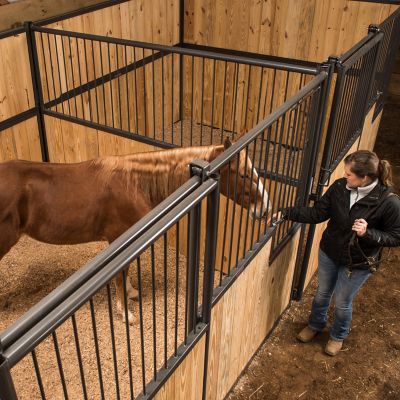

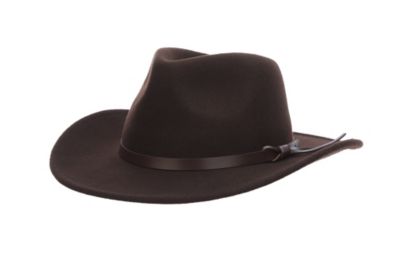
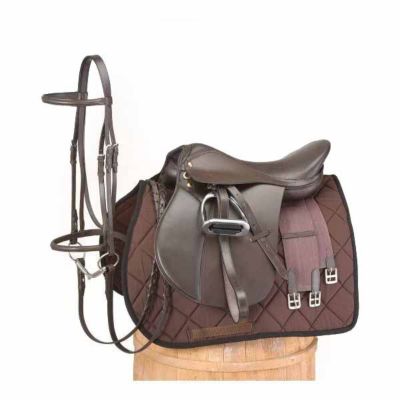
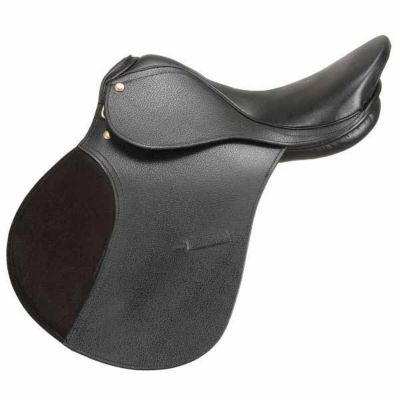
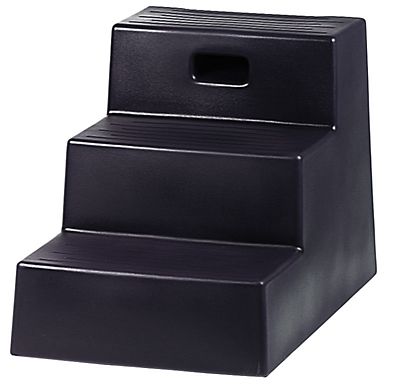
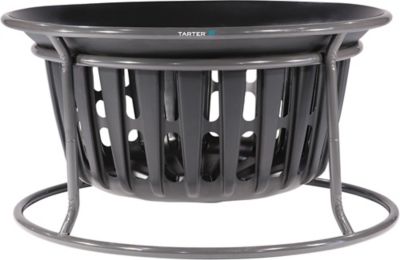
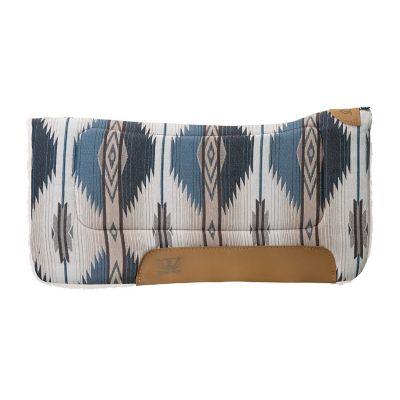
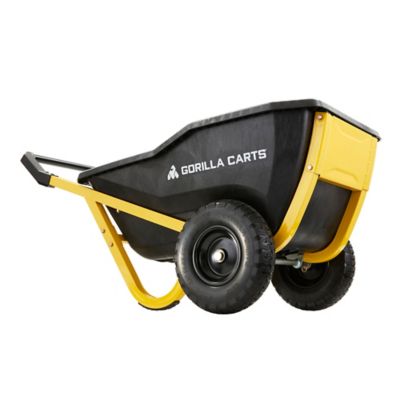
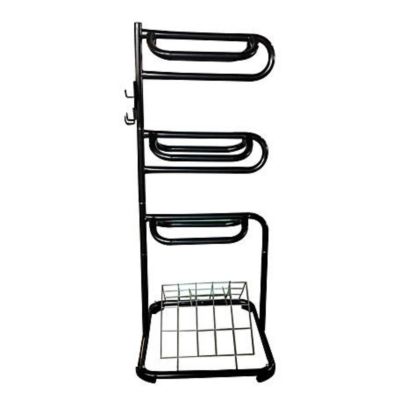
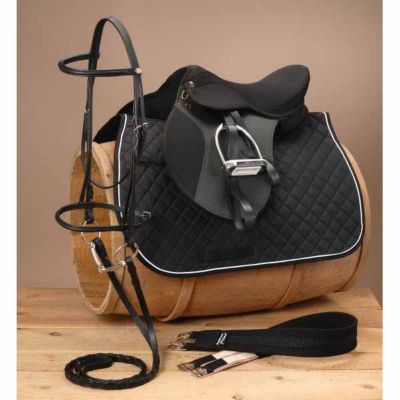
by Chris
Heavy duty and very well made….plan ahead for transportation and install… they are heavy.
by David
We ordered the front, so needed the side partition to finish it.
by Garage
They arrived in a timely manner and in good shape. I was updated as the shipment was on its way.